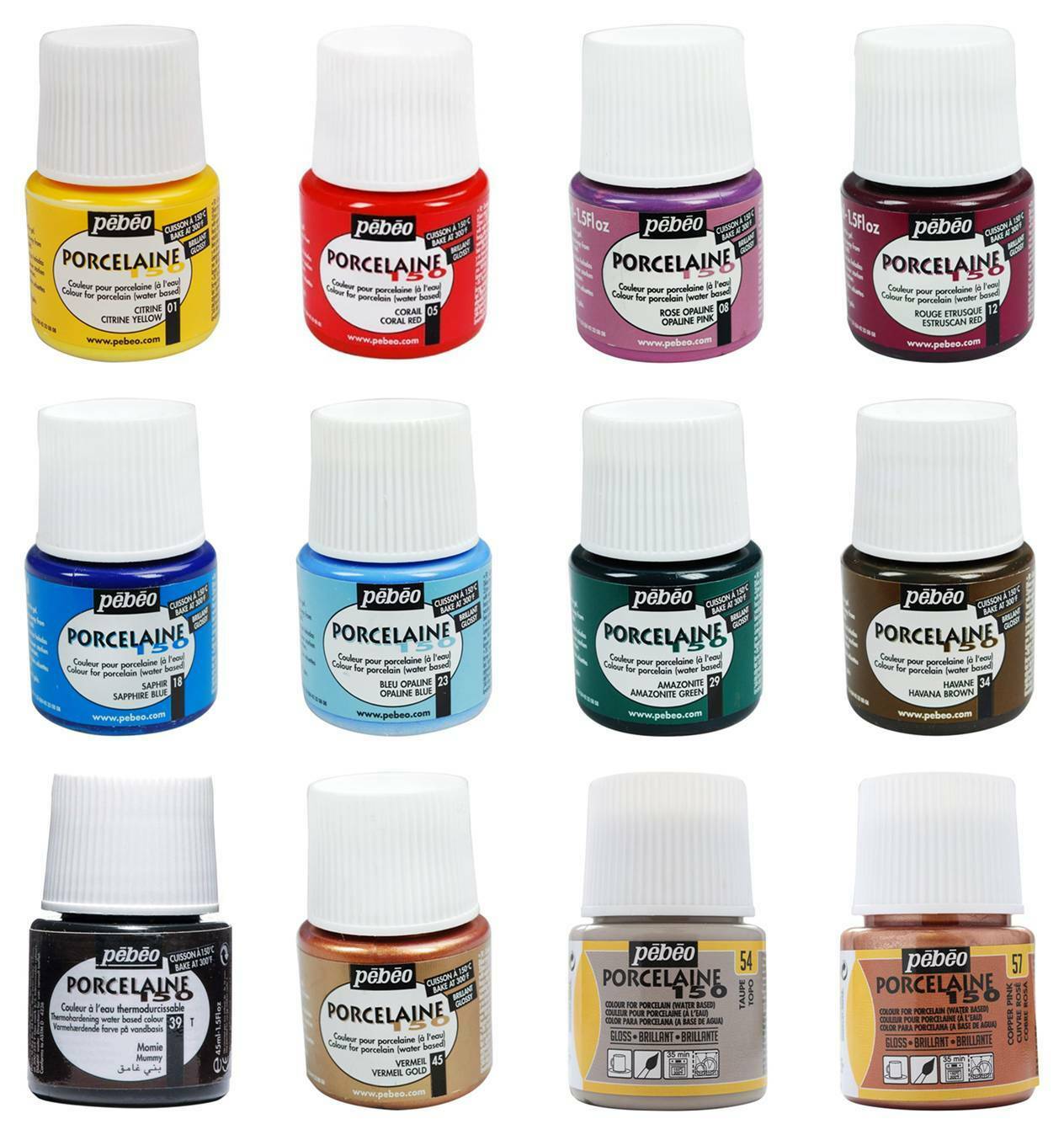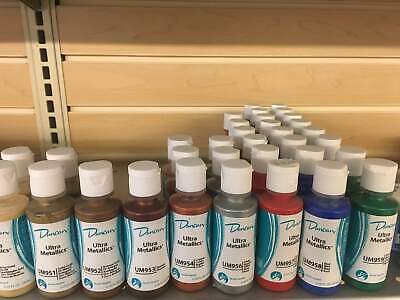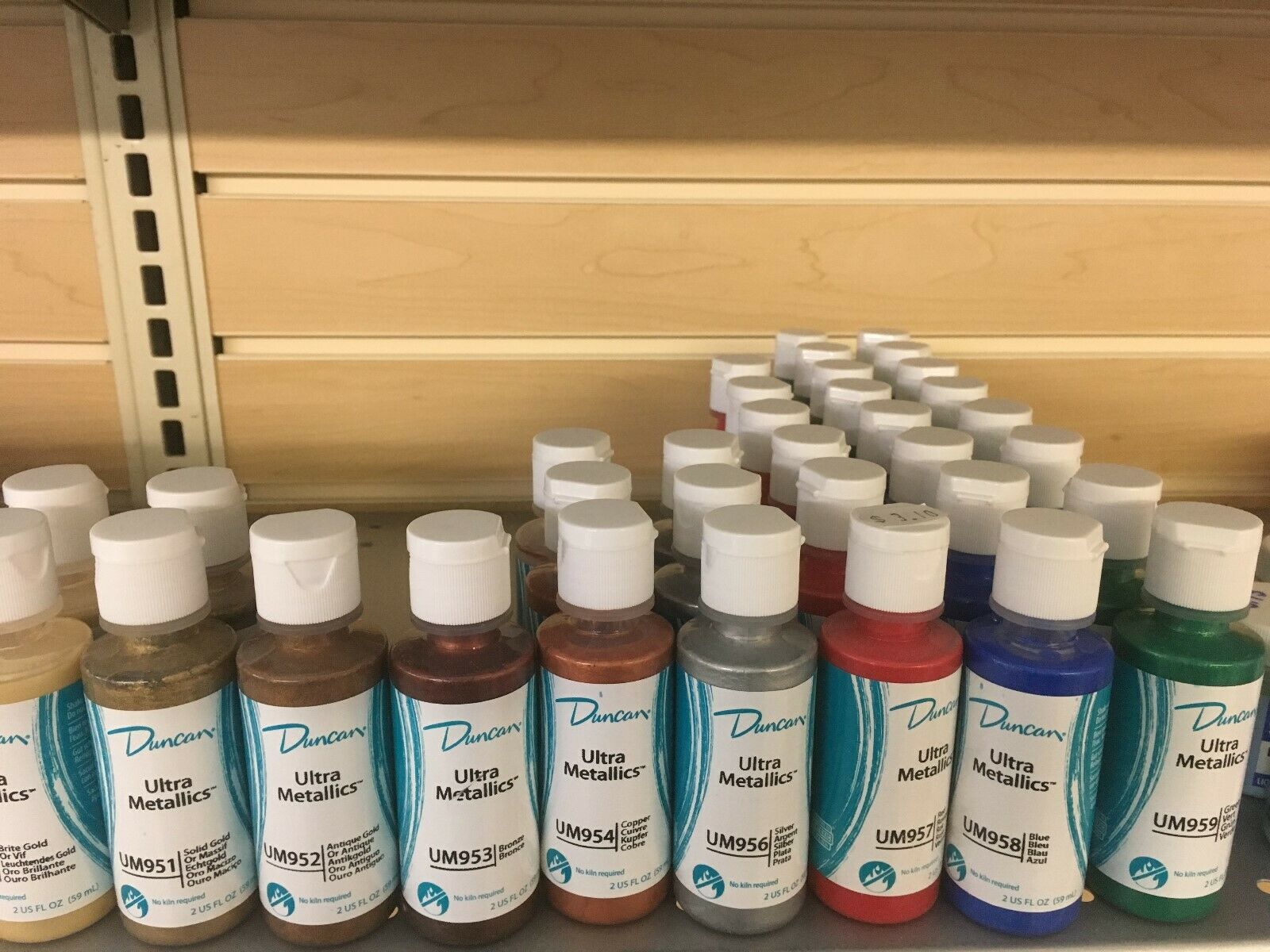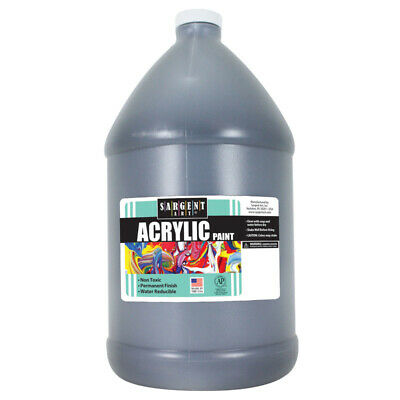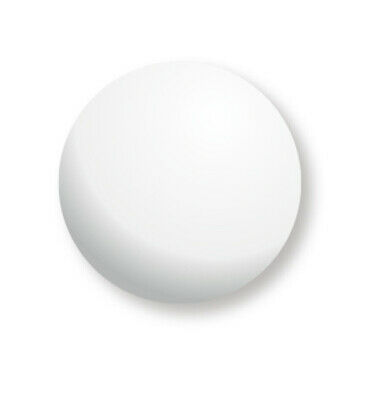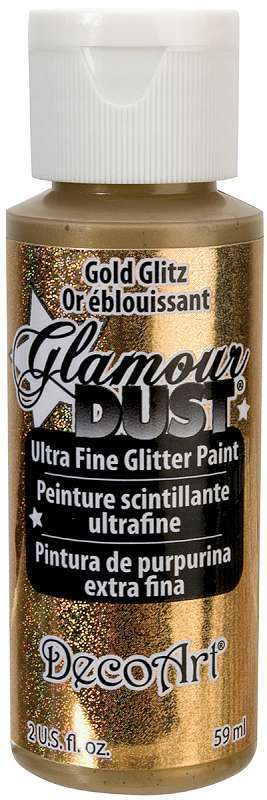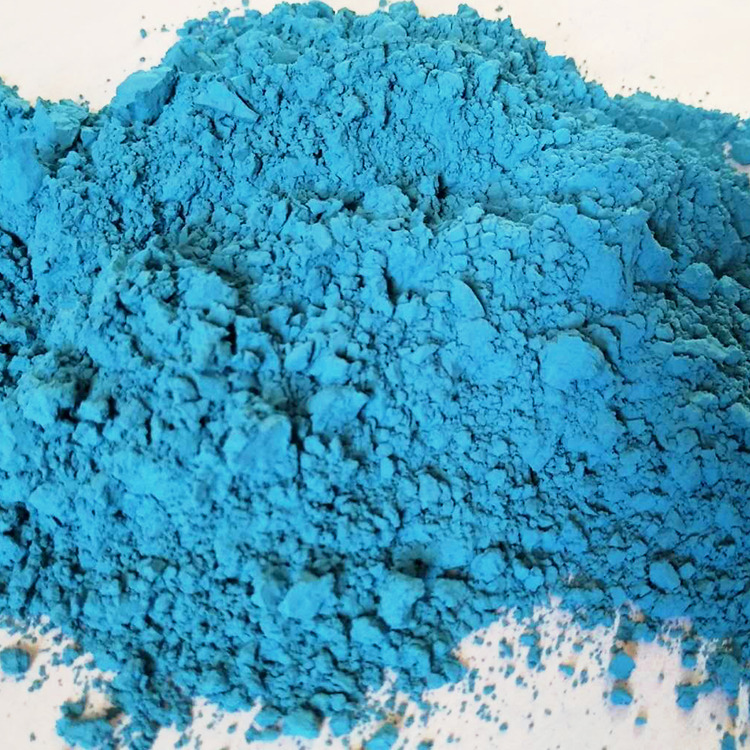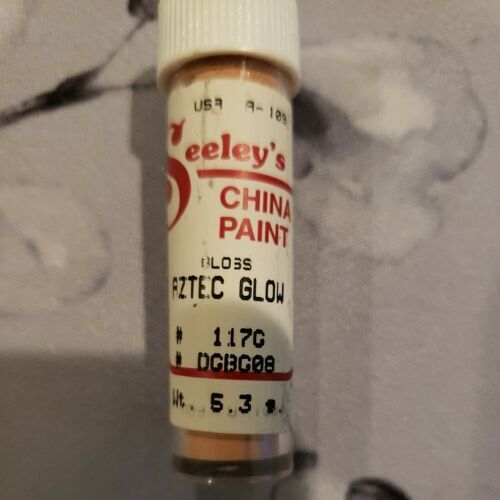-40%
Aluminum Oxide Dialuminum Trioxide Bauxite, Gamma-Alumina, Corundum Pottery
$ 1.89
- Description
- Size Guide
Description
Aluminum OxideTake a look at other Materials for Ceramics!
- Effect Glazes
- Pigments (stains)
- Colour Glazes
- Underglazes
- Lustres (lusters)
- Gold, Platinum, Silver
- Colourless Glazes
- Frits, Tools, Oxides, Engobes and Thinners
Material Name:
Aluminum Oxide
- powder
Formula:
Al
2
O
3
Topological Polar Surface Area
:
3 Ų
Density
:
3,95 g/cm³
Formula Weight
:
101.961
g/mol
Synonyms
:
Aluminium oxide, Bauxite, gamma-Alumina, Corundum
Visit the site
ceramic-glazes.com
for more information. Here you can see products made with the same materials.
Description
Aluminium oxide is a chemical compound of aluminium and oxygen with the chemical formula Al2O3. It is the most commonly occurring of several aluminium oxides, and specifically identified as aluminium(III) oxide. It is commonly called alumina and may also be called aloxide, aloxite, or alundum depending on particular forms or applications. It occurs naturally in its crystalline polymorphic phase α-Al2O3 as the mineral corundum, varieties of which form the precious gemstones ruby and sapphire. Al2O3 is significant in its use to produce aluminium metal, as an abrasive owing to its hardness, and as a refractory material owing to its high melting point.
Known as alpha alumina in materials science communities or alundum (in fused form) or aloxite in the ceramic communities aluminium oxide finds wide use.
Alumina effect pigment flakes are used in paint for reflective decorative effects in ceramics and pottery industries.
How to use Aluminium Oxide in the pottery:
It is used to stiffen the glaze and prevent it from running off. It also prevents crystallisation in the glazes, but in high quantities makes the glaze matt.
Increases the temperature of the glaze and its wear resistance. In ceramics, Al2O3 comes up when technicians talk about glaze chemistry. It is an oxide mostly contributed by clays, feldspars and frits. As glazes melt oxides are liberated from materials and they form a glass structure. Al2O3 is very important in that structure, mainly imparting stability to the melt and durability to the fired glass. Almost all glazes have significant Al2O3 (second only to SiO2).
Al2O3 in kaolin or feldspar is chemically combined with SiO2 and is readily dissolved into glaze melts. However the Al2O3 in alumina hydrate or calcined alumina is a crystalline solid (these materials are very refractory and sintered into a multitude of hi-tech ceramic products). Thus, alumina, as a material, is not a good source of Al2O3 to glaze melts, it does not readily melt and yield the oxides. In bodies it will almost always exist as unmelted particles (although some very small particles could dissolve into the inter-particle feldspar glass).
Shipping
You can order another product from my listings or larger quantities from this listing. I always combine the packages, so ask to get an updated invoice with a discount on postage before payment. The shipping costs depend on the total weight of the package. I use an economy service but you can get priority service too.
Payment and Shipping
I accept all available payment methods, ask for details
. No shipping to Argentina, sorry!
Return
The return is possible for any reason within one month of receiving the goods. The original packaging should be included. The shipping costs are not refunded
Pack
You get the oxide in a polyethylene bag, labeled with the name.



